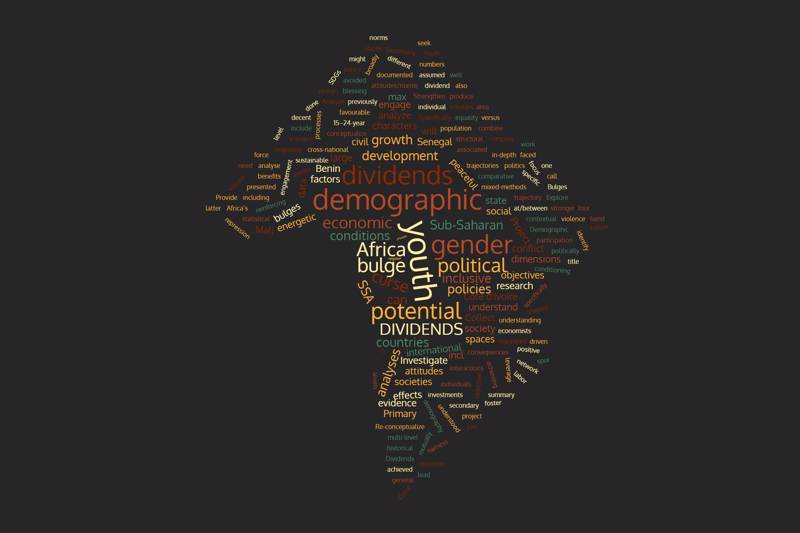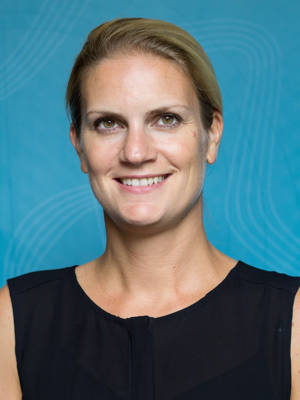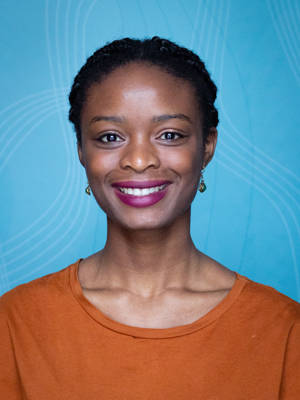This project investigates how a youth bulge curse can be avoided and demographic dividends achieved in Sub-Saharan Africa (SSA). We are investigating contextual factors at/between different levels (state policy, civil society, individuals) that are conditioning how a youth bulge is channeled into development or conflict.
Having a youth bulge (large population of 15–24-year olds) has been presented as both a curse and a potential blessing. On the one hand, it can be associated with more political violence and repression, and on the other it could spur economic growth. The latter scenario – what economists call the demographic dividend – is assumed to be driven by having large numbers of energetic youth in the labor force.
The specific conditions that lead to the curse versus dividends are not well documented or understood. This project responds to a general need for understanding why some countries follow a positive and some a negative trajectory when faced with a youth bulge, and to understand the gender dimensions of these processes. We focus more specifically on how to harness the potential for demographic dividends in Sub-Saharan Africa, where demographic youth bulges are most common.
We conceptualize demographic dividends more broadly than has previously been done. Specifically, our analyses will seek to identify conditions, policies, and investments that can produce favourable conditions in youth bulge countries – not only for economic growth, but also political dividends (more vibrant and inclusive political participation) and social dividends (inclusive norms and attitudes) and how these might be mutually reinforcing to foster sustainable development and more peaceful societies.










